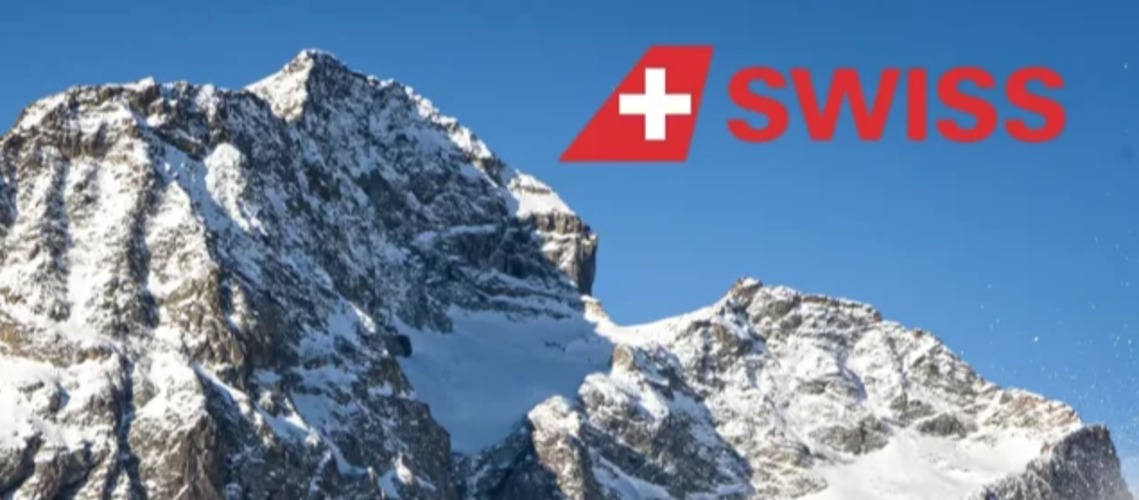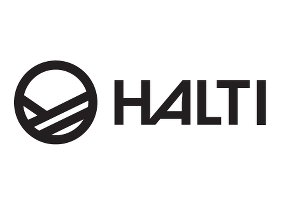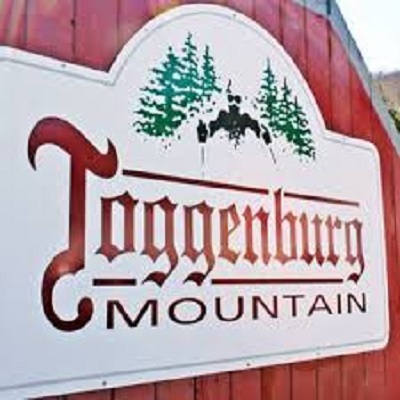Strong Mid Season For Swiss Lift Co's

The interim results for Swiss mountain railways at the end of July paint a positive picture. Despite the weak July, the railways managed to exceed the results of the less successful comparable period of the previous year by 9% in the first three summer months. Compared to the five-year average, they are even 27% higher. In the medium term, the summer remains on track.
For its seasonal monitoring, the Swiss Cable Car Industry Association (SBS) evaluates the number of guests (first-time entries) of over 120 members across Switzerland. The figures now available allow for an analysis of the 2025 summer season from the start of the season to the end of July.
Pleasant and hot start, change in July
After a relatively warm and low-precipitation start to the season with variable periods (May and June), July was cool and wet. Accordingly, in the important holiday month of July, guest numbers declined slightly by 3% compared to July 2024. It was simply too cold to stay in the mountains for any length of time. Looking at the entire first half of the season, from May to July, the result is positive: a total of 9% more first-time visitors were reported than in the previous year.
Rainy July – Mountain railways with foreign guests perform better
The cold, wet weather is a poor backdrop for spontaneous day trips to the mountains. This was particularly true on weekends in July, negatively impacting frequencies. Mountain railway companies with primarily domestic guests were particularly affected. The decline here was 13%, while those with primarily foreign guests recorded an increase of 5%. The latter are less sensitive to bad weather due to the advance planning of trips. The overall decline in July was 3% compared to the previous year.
However, this weak July is offset by the excellent start to the summer: in the months of May to July, a total of 9% more first-time admissions were registered than in the previous year.
Regional differences
A look at the individual regions reveals regional differences and peculiarities. The Vaud and Fribourg Alps have reported the largest increase so far (+27%), followed by the Bernese Oberland with 14%, followed by Eastern Switzerland and Ticino with 8% each, Central Switzerland (7%), and Valais (6%). The number of guests in Graubünden stagnated at the previous year's level in the first half of the season.
Comparison with the 5-year average
Compared to the five-year average, mountain railways across Switzerland are recording a 27% increase in first-time visitors. This clearly demonstrates the strong growth in summer business. The Bernese Oberland leads the way (61%), followed by the Vaud and Fribourg Alps (46%) and Central Switzerland (41%). The other regions, with the exception of Graubünden (-10%), are in the single-digit positive percentage range.
"The summer season demonstrates how much the industry depends on and depends on natural and weather conditions. The industry is entering the second half of the summer with confidence – experience shows that, with good weather conditions, many guests can be expected in the mountains even in the months of August to October," says Berno Stoffel, Director of Swiss Cable Cars (SBS).













